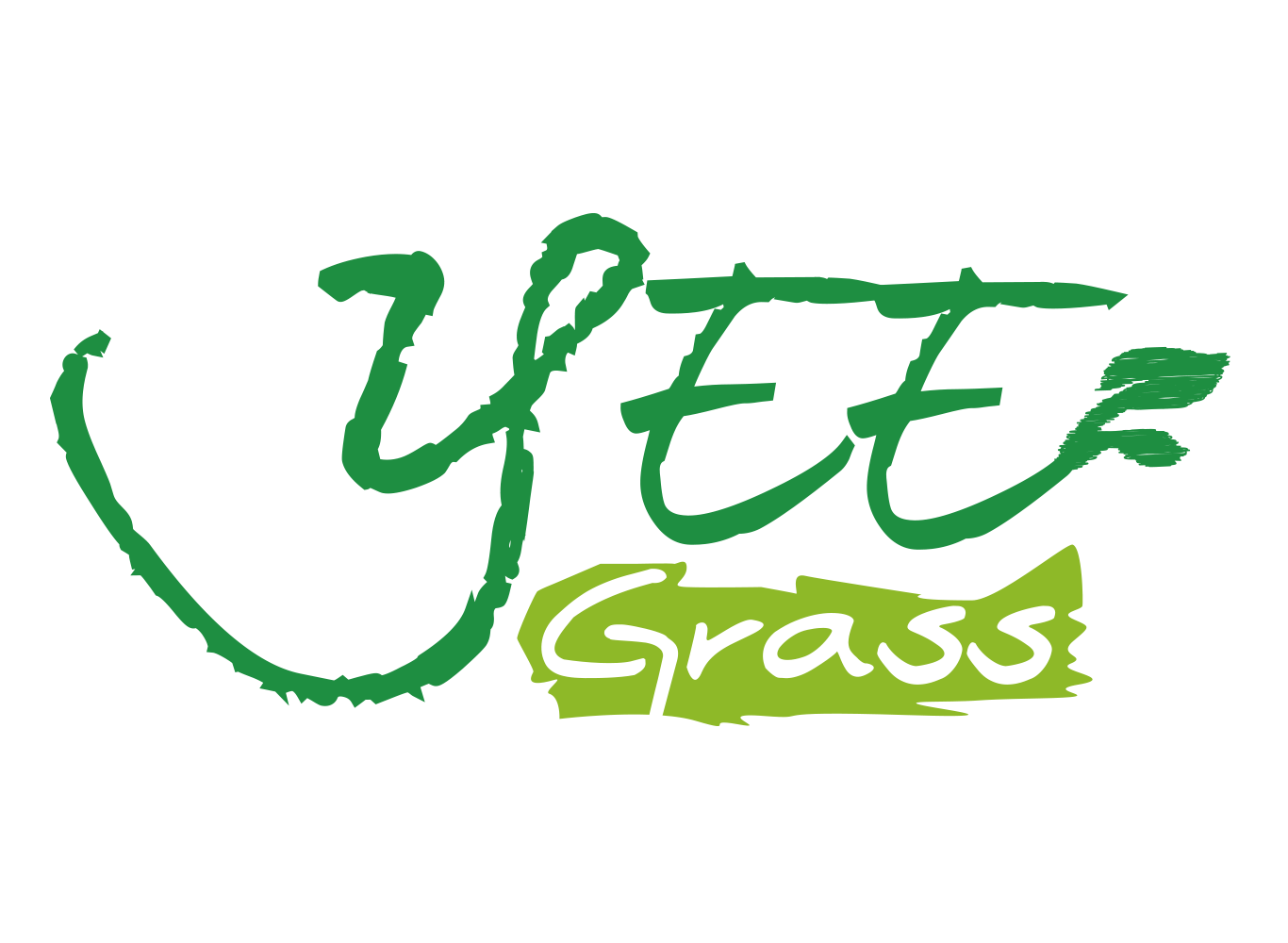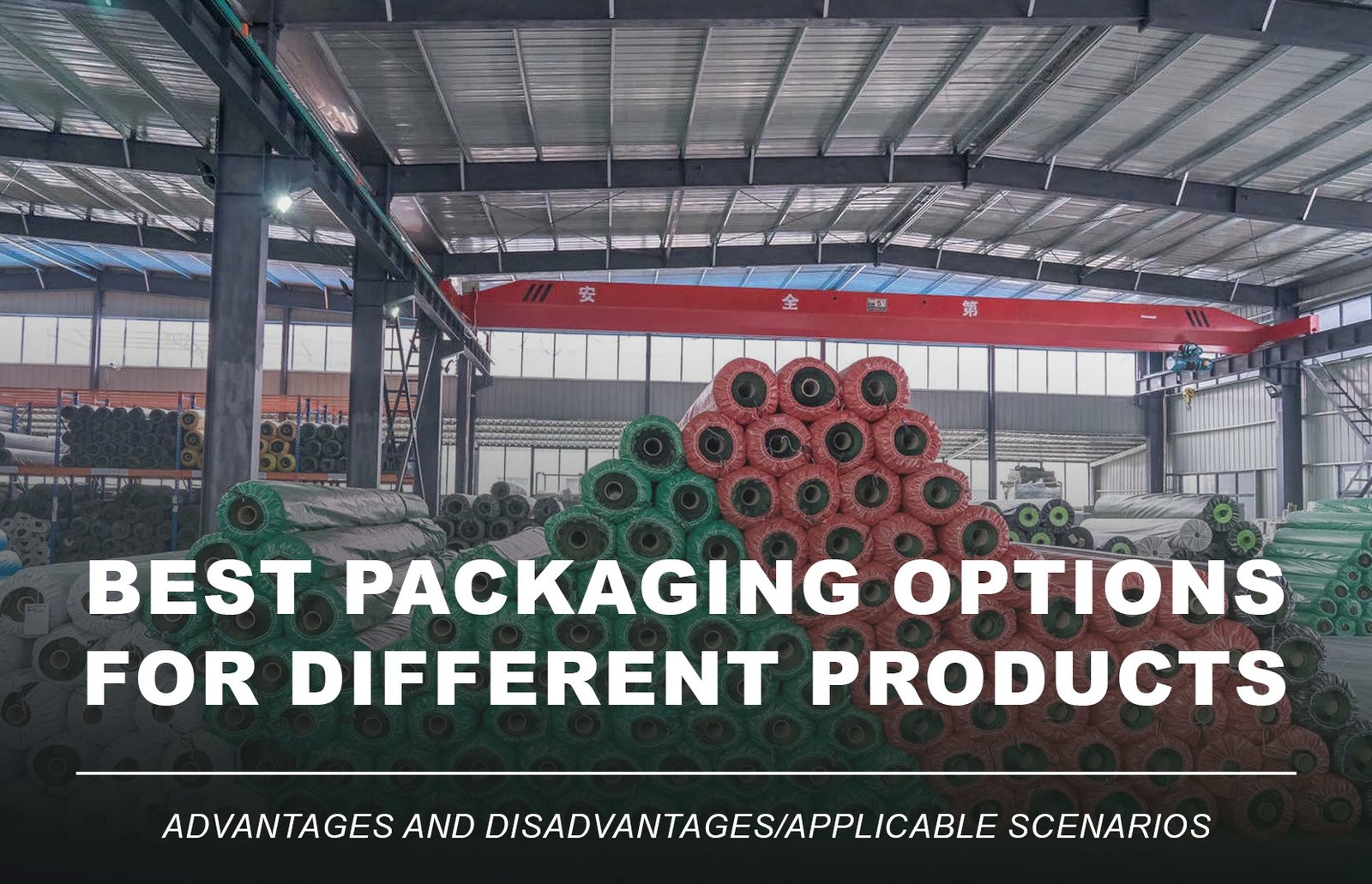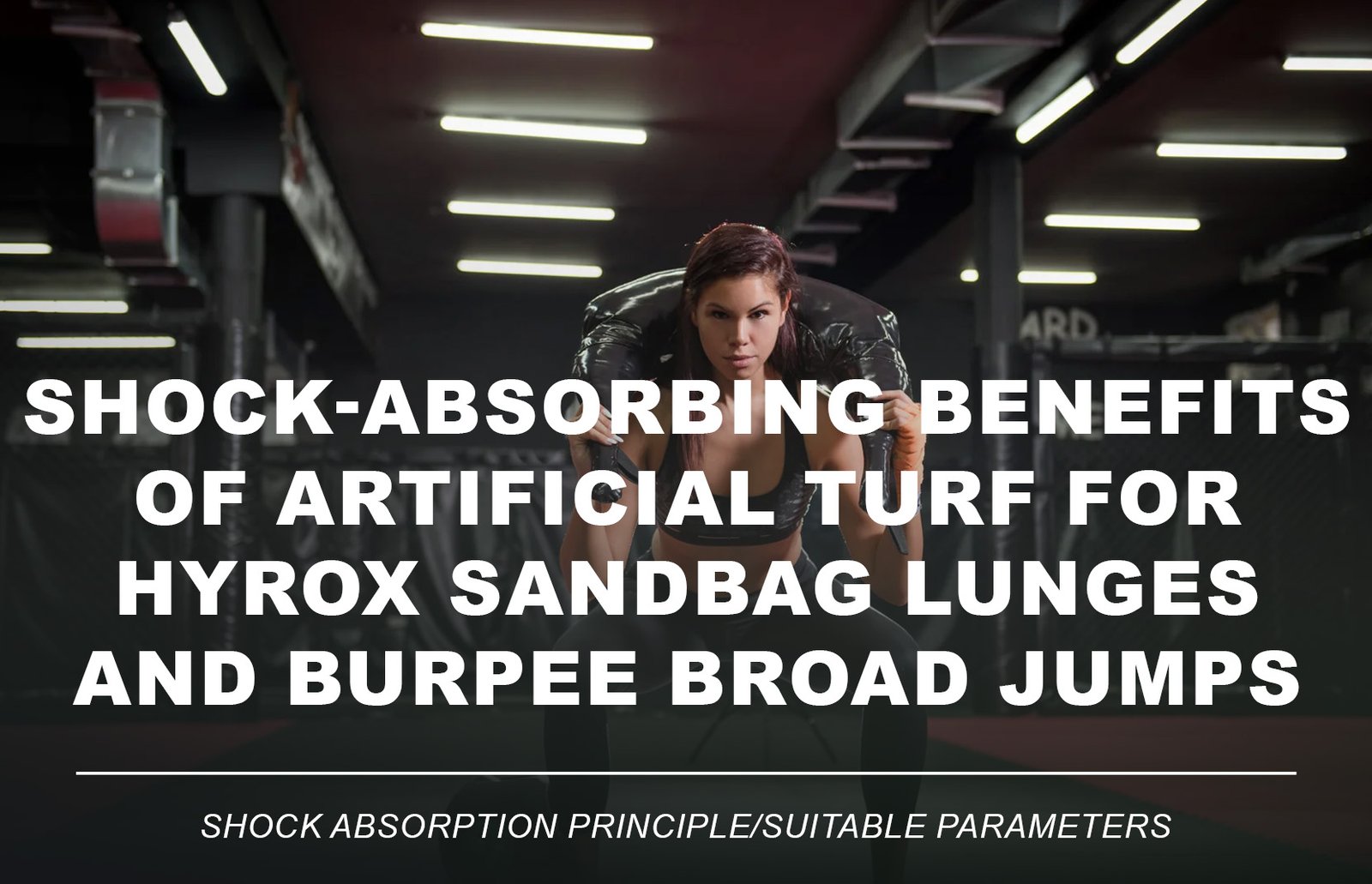
As educational institutions modernize, there’s a growing shift toward low-maintenance school landscaping that’s both student-friendly and environmentally sustainable. Increasingly, schools across the globe are replacing natural grass, concrete, and asphalt with artificial grass for schools—not only on sports fields, but also in playgrounds, rooftops, and outdoor classrooms.
So why is school artificial turf becoming the preferred solution? Let’s explore how synthetic turf is transforming modern campuses into safer, greener, and more engaging learning environments.
1. The Problems with Traditional School Surfaces
School grounds must support high foot traffic and active play, but conventional materials often fall short:
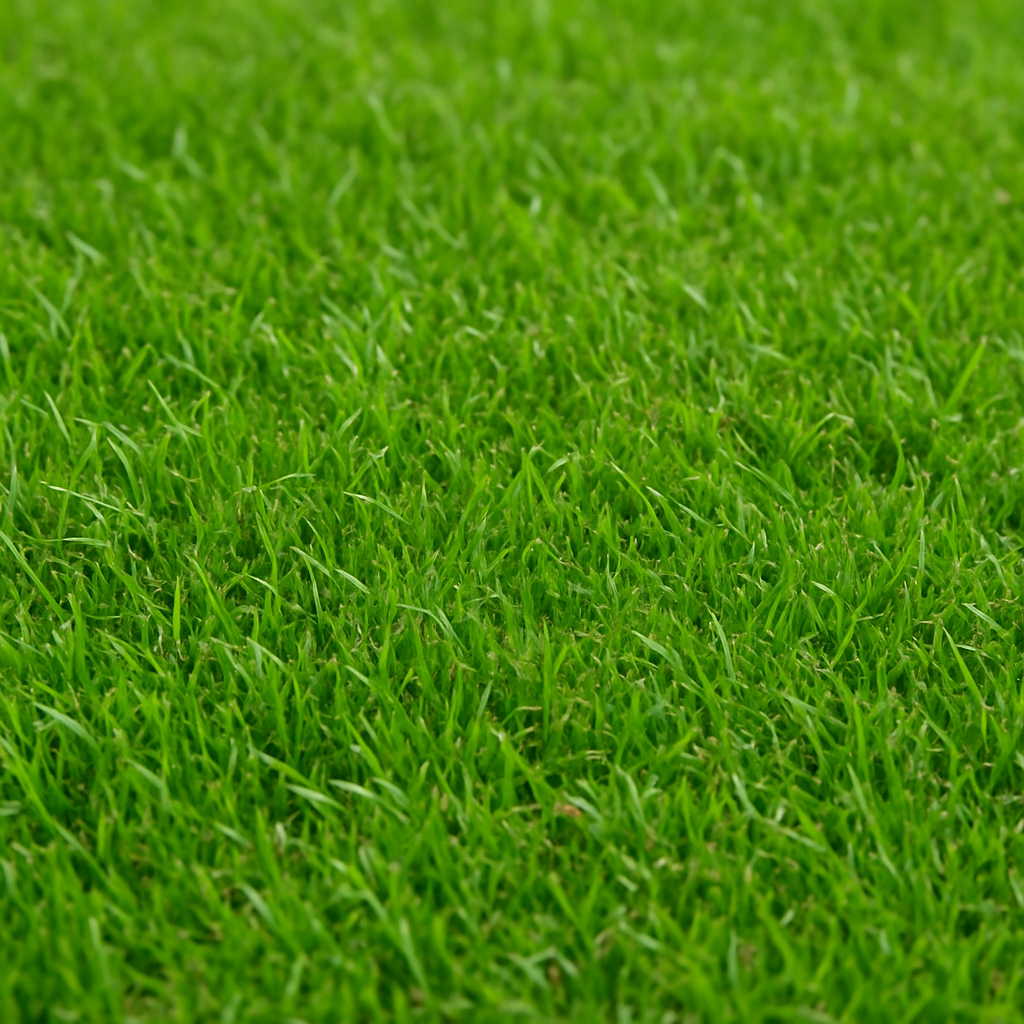
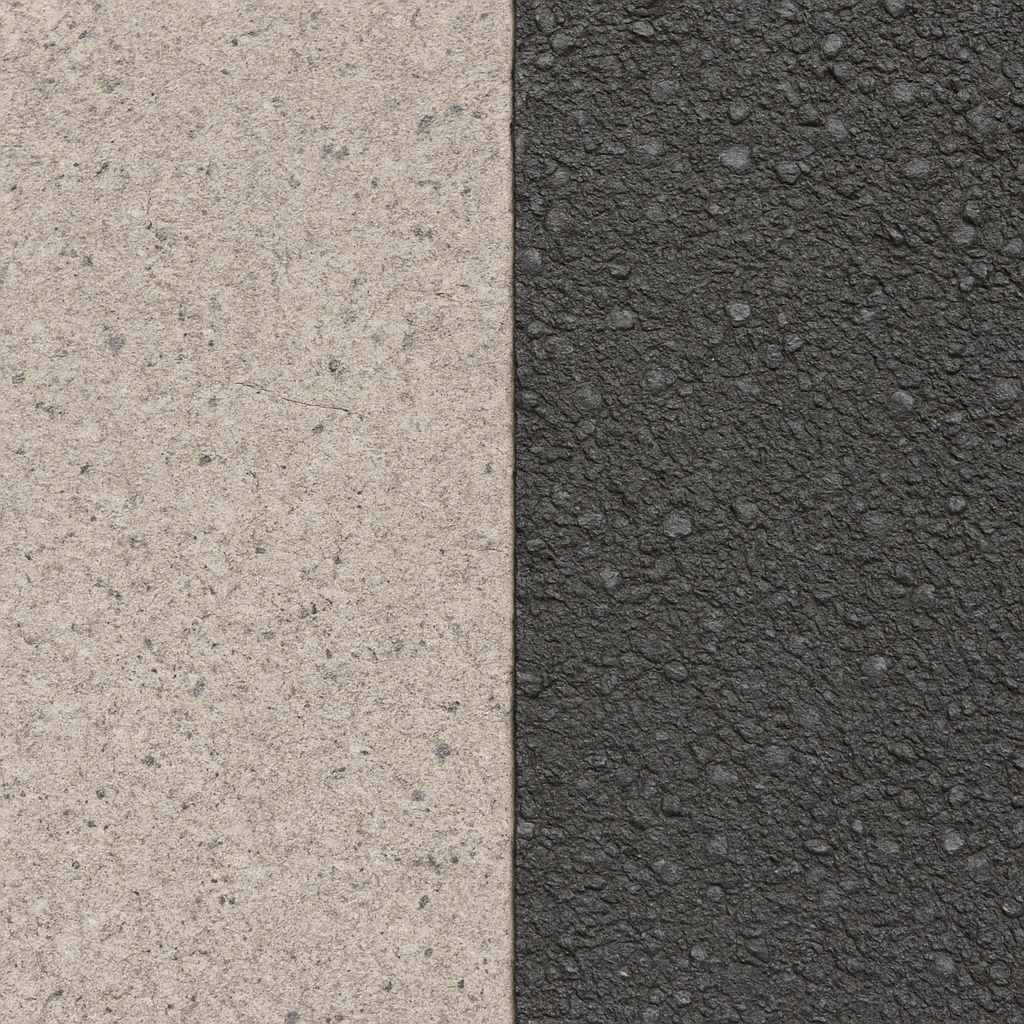
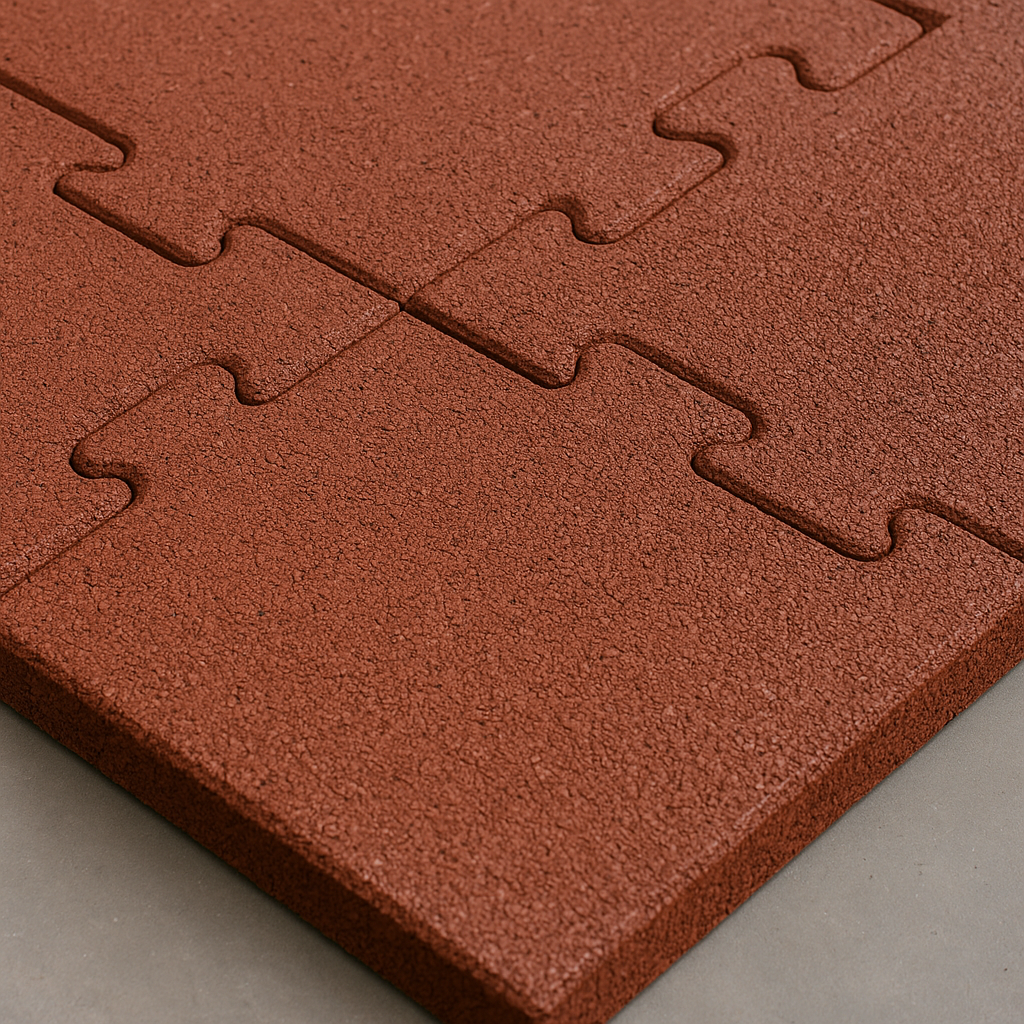
- Natural grass requires frequent mowing, watering, and pest control. It becomes muddy in rain and patchy in winter.
- Concrete and asphalt are hard and slippery, increasing the risk of injuries.
- Rubber tiles and organic surfaces need constant upkeep, raising maintenance costs.
To overcome these limitations, many administrators now turn to synthetic grass playground surfaces as a long-term, budget-friendly upgrade.
2. Why Artificial Turf Is Ideal for School Environments
✅ 1. Enhanced Safety for Active Students

Artificial grass for school playgrounds offers superior shock absorption and anti-slip features, significantly lowering injury risks during play and physical education. Certified products comply with EN71 and REACH standards, ensuring student health and safety.
✅ 2. Evergreen Appearance Year-Round

Unlike real grass, school artificial turf stays lush, vibrant, and consistent in appearance through all seasons—no browning, no muddy patches.
Unlike real grass, school artificial turf stays lush, vibrant, and consistent in appearance through all seasons—no browning, no muddy patches.
✅ 3. Long Lifespan with Minimal Upkeep

High-quality artificial grass for schools lasts 5–8 years and requires minimal maintenance. No irrigation, mowing, or pesticide treatments—saving schools time and budget.
High-quality artificial grass for schools lasts 5–8 years and requires minimal maintenance. No irrigation, mowing, or pesticide treatments—saving schools time and budget.
✅ 4. Flexible Installation for All School Zones

Whether it’s a synthetic turf schoolyard, narrow courtyard, or rooftop learning area, artificial grass can be tailored to fit nearly any surface shape or size.
Whether it’s a synthetic turf schoolyard, narrow courtyard, or rooftop learning area, artificial grass can be tailored to fit nearly any surface shape or size.
3. Most Common Applications of Artificial Grass in Schools
| School Area | Application & Benefits |
| Sports Fields | Cushioned, durable turf for soccer, PE, and training |
| Preschool Playgrounds | Soft, colorful, non-toxic synthetic grass playground zones |
| Rooftop Classrooms | Lightweight and drainable turf ideal for urban outdoor learning |
| Recess & Activity Yards | Non-slip, low-injury surface for heavy foot traffic |
| Garden Walkways | Aesthetic, mud-free solution for low-maintenance school landscaping |
4. Frequently Asked Questions: School Turf Explained
Q1: Is artificial grass safe and eco-friendly for children?
A: Yes! Modern turf products use non-toxic, recyclable materials and meet health and environmental standards such as REACH and RoHS.
Q2: Will turf overheat in summer months?
A: Cooling technologies are available in premium turf. Schools can also use shade structures and light watering to manage heat.
Q3: How long does installation take?
A: Most schoolyard turf installation projects are completed in 3–7 days with minimal disruption to classes.
Q4: Can turf designs be customized for educational spaces?
A: Absolutely. Schools can personalize turf with logos, colorful zones, or interactive graphics for play-based learning.
Q5: How hard is it to maintain synthetic grass in schools?
A: Very easy. Basic sweeping and occasional brushing are enough—no specialists required.
5. Conclusion: Build a Better Campus from the Ground Up
From preschool playgrounds to high school athletic fields, artificial grass for schools is redefining how we think about school landscaping. With benefits like safety, aesthetics, cost-efficiency, and all-weather usability, synthetic turf offers a smarter foundation for education.






